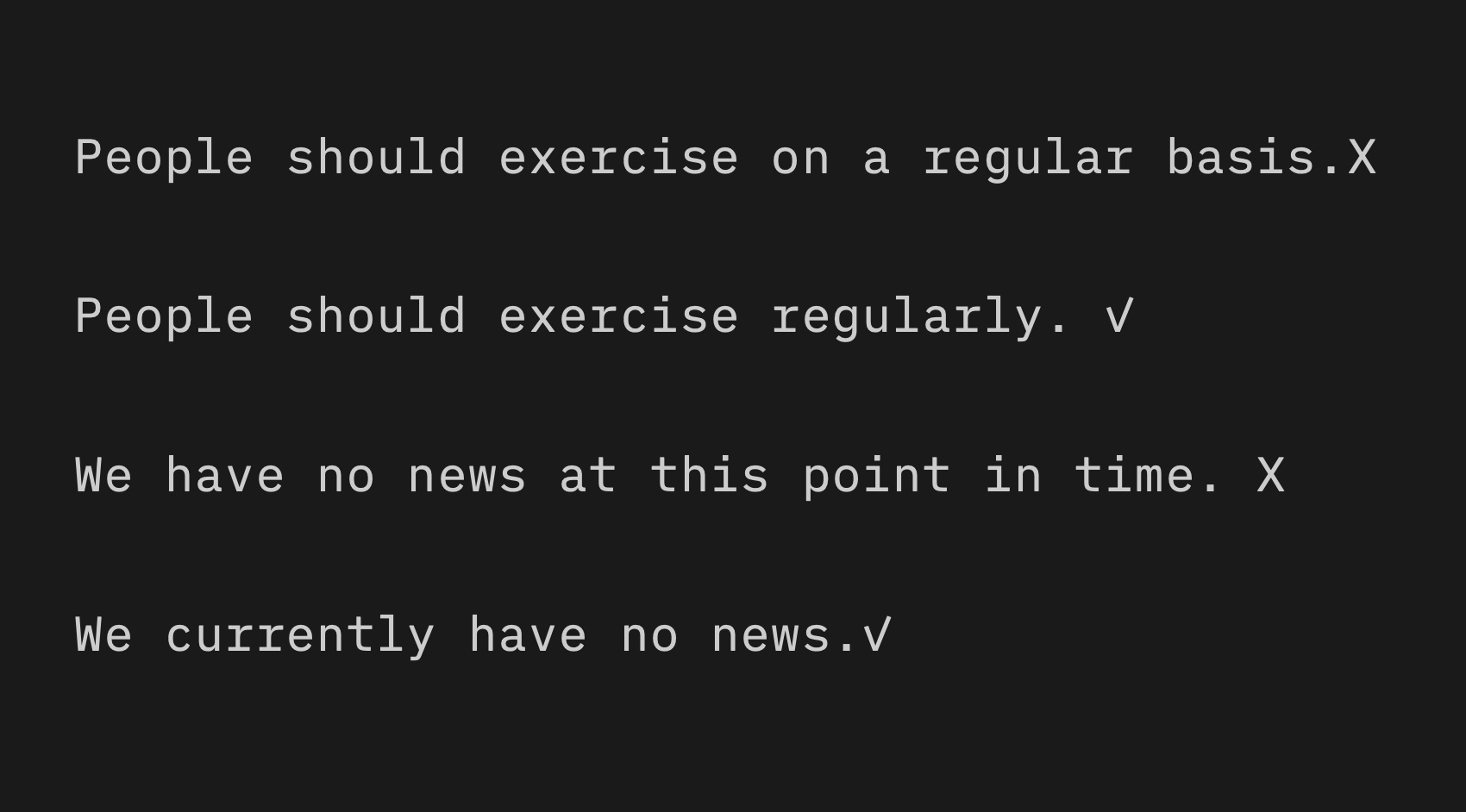
If you’ve ever wondered how to regularly produce content marketing that converts prospects into clients or customers, this information is for you.
I’ve divided it into 3 core tips.
1. Is this useful?
There’s a sign on the wall in my studio. It’s a small sign, containing just 3 words: “Is this useful?”. That’s the mark I set for everything I create. Nothing gets published unless I believe you’ll find it useful. I don’t try and look clever. I don’t try and be edgy. I don’t try to shock people. I just try to be useful to you. And as long as I think you’ll find an idea or observation useful, I share it.
Many business owners are put off creating content, because they try to make it as close to perfect as possible. The thing is, your prospective clients or customers want something useful, not perfect.
Once you stop aiming for perfection you’ll find it a lot easier. You’ll also get massively better results.
2. Don’t let duff content ideas block you
If you’re anything like me, you’ll find that most of the content ideas you get are pretty average. Most of mine are terrible! But maybe 1 in 5 or 1 in 10 are good enough to be turned into a useful piece of content marketing.
The challenge is that in order to get that 1 useful idea, you need to give yourself permission to have the duff ones.
The way I overcame this, was to deliberately allow myself to think of lots of duff ideas, knowing that something useful would come from it.
So, regard your duff ideas as essential steps on the way to creating the content you need. This switches them from being disheartening, to highly motivating.
3. Your work is way better than you think
We often overestimate the ideas and the work of others and underestimate the value of our own. Here’s a great example of what I mean.
A business owner told me how she was taking some files off a computer for archiving, when she discovered an old documents folder. It contained loads of articles that were really interesting. She looked to see who wrote them and found they were all her own work, from 9 years earlier!
She didn’t publish them at the time, because she thought they weren’t good enough. It was only when she thought they were written by someone else, that she saw them for what they really were. Your work is almost certainly way, way better than you think.
So get it out there!
In short, if you’re looking to improve the quality and quantity of your content marketing, focus on being useful. See your duff ideas as necessary steps to your useful ideas. And give your content the respect it (and you) deserve.


















